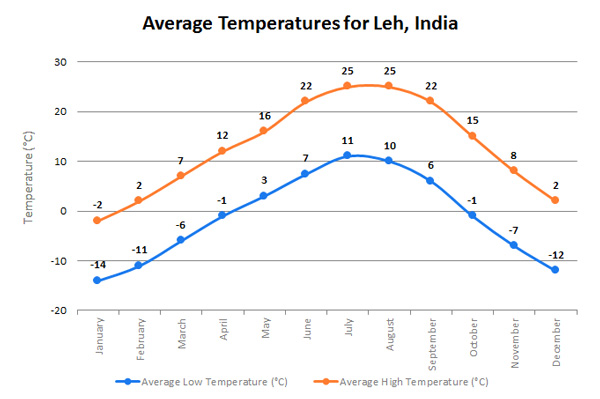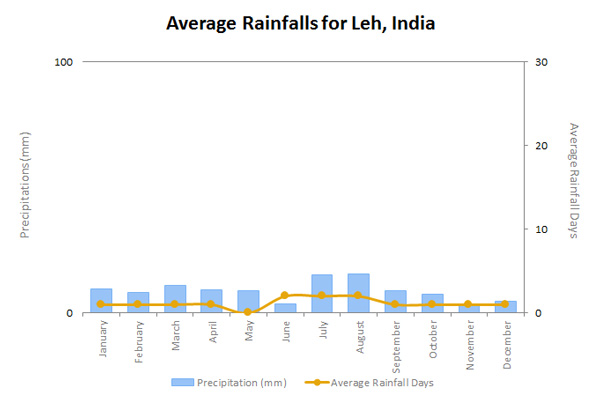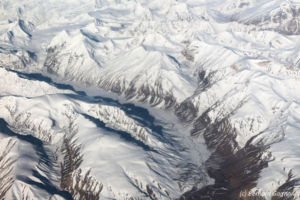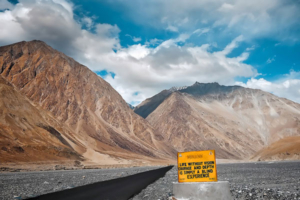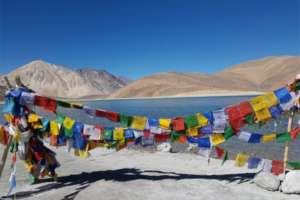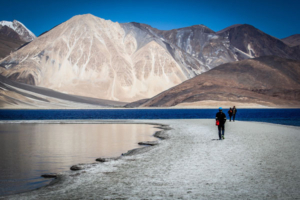Ladakh
Ladakh, meaning “land of high passes” is a region in the Indian state of Jammu and Kashmir that currently extends from the Kunlun mountain range to the main Great Himalayas to the south. It is the highest plateau in this state with much of it being at an altitude of over 3,000 m. Ladakh is renowned for its remote mountain beauty and culture – it is one of the most sparsely populated regions in Jammu and Kashmir with a culture and history closely related to that of Tibet.
Vegetation is extremely sparse in Ladakh except along streambeds and wetlands, on high slopes and irrigated places. About 1,250 plant species, including crops, have been recorded from Ladakh.
The fauna there counts a number of animals including the bharal, or blue sheep, which is the most abundant mountain ungulate in the region. Visitors can also observe the Asiatic ibex, a very elegant mountain goat, Tibetan argali or Nyan, the largest wild sheep in the world standing 85cm to 120 cm at the shoulder with the horn measuring 90–100 cm, Tibetan gazelle, and the kiang or Tibetan wild ass.
The region is, however, most famous for its density of snow leopards, as well as Eurasian lynxes, another rare cat that preys on smaller herbivores in Ladakh, and Tibetan wolves, which sometimes prey on the livestock of the Ladakhis. Tibetan sand foxes have been discovered in this region and count among the number of smaller animals such as marmots, hares, pikas and voles.



